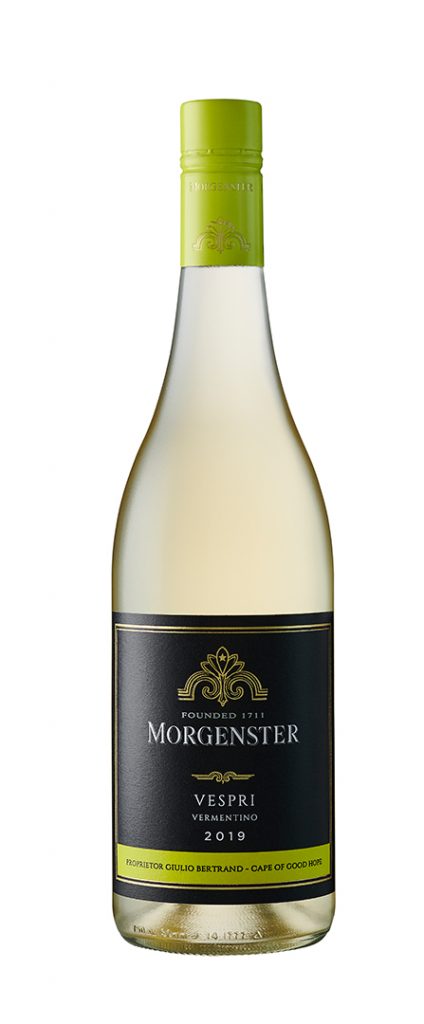What a time to be alive. The South African wine industry is in a state of constant flux and innovation. We’re making better wine than we ever have, and the trajectory upwards shows no signs of waning. Here are my trend predictions for 2020.
Fizz is the future
Globally, sparkling wine has been the fastest-growing category over the last 25 years, and the bubbles continue to boom. It’s not just champagne, but in categories such as French crémant (sparkling wine made in the traditional method in Alsace, Loire & Bourgogne) production has doubled since the turn of the century. Nothing can stop Prosecco’s trajectory: and just to make sure of that, we’ll soon be seeing the emergence of rosé Prosecco, producers are now officially allowed to use up to 15% of pinot noir alongside the traditional glera grapes in order to make rosé under the Prosecco DOC name. At home on the fizz front, MCC is in good health, with over 220 producers from the original 14 in 1992. It’s not just the traditional stuff though, we’re also seeing the emergence of pét-nats, which is short for pétillant naturel, French for ‘naturally sparkling, also called méthode ancestral. The wine is bottled prior to fully completing its first fermentation, allowing carbon dioxide to be produced by the natural sugars found in the grapes.

Try: Testalonga’s I Am The Ninja, a 100% chenin blanc, sourced from dryland bush vines planted in 1961 and farmed organically (R210)
Down to earth
Hot on the heels of amphorae and concrete eggs is the Georgian export of qvevri, these lemon-shaped terracotta wine fermentation and maturation vessels are used by burying them in the earth. Get your hands on a copy of March’s issue (out mid-February) of our print edition, where we, ahem, dig into the subject a bit more. Added to that, there will be a sharp increase in the use of smaller terracotta pots too, put to work by fermenting different blending components to add texture and complexity to wines.

Try: Spice Route Obscura Darling Semillon 2019 (R225)
Cape treasure
I don’t know if this is a trend per sé—but it’s what I’m most excited about; the Cape’s treasure chest of old vine sémillon blanc and gris. Franschhoek is the stronghold of old vine sémillion with a few vineyards even eclipsing the 100-year mark. In the early 1800s it’s said that 80 per cent of the vines in South Africa were thought to be sémillon. By the mid-1800s half of this had mutated into red sémillon—a phenomenon largely unique the Cape (there may be small instances in France and Australia, but this is unconfirmed). Many of the old vine semillion on the market have a portion of the red-skinned version in the blend; there are even some 100 percent bottlings of it, namely the Rooi-Groen (as the grape is colloquially known) by Jasper Wickens and The Gris, by Andrea Mullineux.

Try: Rickety Bridge ‘The Pilgrimage’ 2017. Made from old vine sémillon planted in 1905 (R450)
Liquid luxury
The big players are here. SA’s top estates are producing finely crafted, luxury wines that command high prices. The movement has been spearheaded by the likes of Vilafonté, De Toren, the Sadie Family (Columella) and Kanonkop (Paul Sauer); and now joining the burgeoning market are Delaire Graff’s The Banghoek 2016 (R1800), The. Cabernet Franc from Elgin Ridge (R5000), and the Tokara Telos 2015 (R4200). New investment platforms have also been introduced, namely, The Fine Diamond Wine Investment Fund, which for the first time introduced a 20% weighting of South Africa’s greatest wines into a global wine investment fund. In mid 2018, Wine Cellar introduced their Vintage Investment Program (VIP) with a minimum R100, 000 investment. Both funds are based on trading the greatest South African wines.

Try: The superbly crafted, Delaire Graff The Banghoek 2016 (R1800)
Changing with the climate
I would be remiss not to mention climate change—and let’s be very clear, there are no climate change doubters in the wine industry: a global industry predicated on the very climate itself! Producers and growers have witnessed and documented the incremental shifts that affect their livelihood; as an example—dosages have been lowered in Champagne as the acid levels have themselves lowered (from the warming climate), meaning they don’t need as much sugar to balance the acid as they had to previously. Here at home we are well aware of the implications of water scarcity and savvy Cape farmers are planting drought-resistant vines such as vermentino, marselan and macabeu.

Try: the textural, fruit-forward, Morgenster Vermentino 2019 (R120)
Written by Malu Lambert, food and wine writer. Malu Lambert is an award-winning wine writer. She won the title of Emerging Wine Writer of the Year at Louis Roederer International Wine Writers’ Awards 2019. She also won the Veritas Young Wine Writer in 2015.


